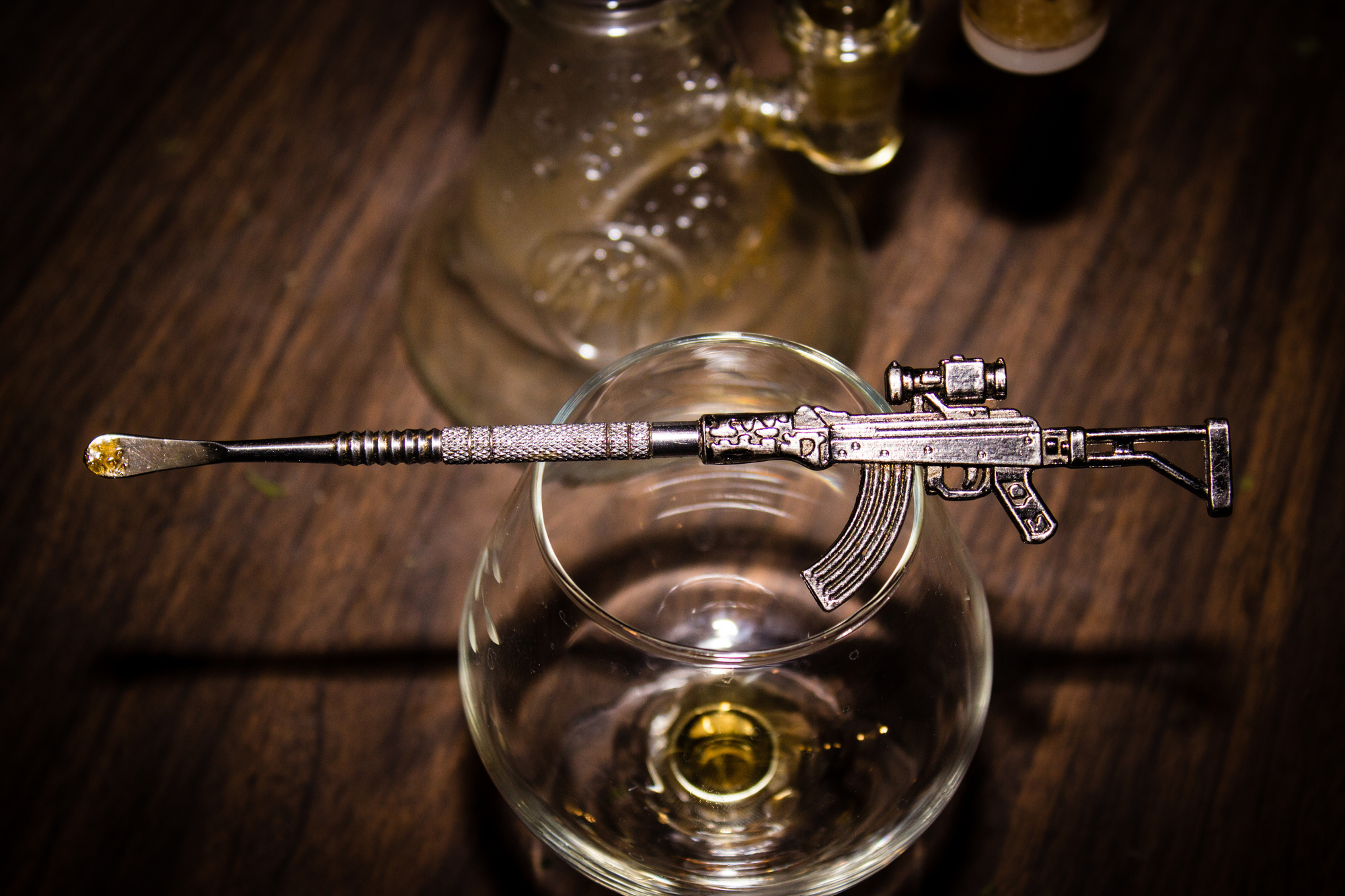Dabbing has grown rapidly in popularity due to its potent effects and efficient delivery system. This method allows users to consume a concentrated form of cannabis, known as a “dab,” which is vaporized and inhaled. These intense concentrations produce a powerful effect, attracting experienced users seeking a more profound experience.
With evolving regulations, users can now access safe and legal avenues to obtain these high-quality, potent concentrates. The heightened scrutiny also ensures better safety and quality control for these products. With the trend on the rise, understanding the basics of cannabis dabbing is crucial for both experienced users and newcomers.
What Is Dabbing?

Dabbing is a method of cannabis consumption where a concentrated form of cannabis is heated on a hot surface, typically a nail, and then inhaled. Unlike traditional smoking methods, dabbing utilizes highly concentrated cannabis extracts, often called dabs. Depending on the extract, these dabs are known to contain a high percentage of THC or CBD, leading to potent effects.
The process of dabbing typically involves a device known as a dab rig. These rigs vary in design and structure but generally include a glass piece similar to a water pipe, a nail or a banger where the dab is placed, and a torch for heating. The precise and controlled nature of dabbing allows users to experience the full potential of cannabis extracts, making it a preferred choice for many enthusiasts.
Benefits And Drawbacks
Dabbing, like any method of cannabis consumption, has its benefits and drawbacks. On the plus side, dabbing offers a more potent and immediate effect, which can benefit medical cannabis users who require rapid relief. Furthermore, dabbing delivers a cleaner inhalation experience as it involves vaporizing the concentrate, not burning it.
However, the drawbacks should not be overlooked. The high potency of dabs may be overwhelming for beginners or casual users. Also, the technical process of setting up a dab rig and the safety considerations involved can make it less accessible for some. Furthermore, while concentrates are purer than plant material, impurities from improper extraction can present health risks.
Types Of Dab Rigs
The diverse types of dab rigs offer various styles, sizes, and complexities. Below are some common types:
- Traditional Dab Rigs: Traditional dab rigs are usually made of glass and include a nail or banger, a water pipe, and a dome (although domeless designs are prevalent). These rigs require a torch to heat the nail to the right temperature.
- E-Nails: Electronic nails, or e-nails, are a modern alternative to traditional dab rigs. Instead of a torch, e-nails use an electric heating element to heat the nail, allowing for precise temperature control and eliminating the potential hazard of a torch.
- Dab Pens: Dab pens are handheld devices that are portable, convenient, and easy to use. They are battery-operated and ideal for those who enjoy dabbing on the go.
- E-Rigs: Electronic rigs, or e-rigs, are another portable option for dabbing. They offer a similar experience to traditional dab rigs but are smaller, cordless, and battery-powered.
Despite their differences, all dab rigs share a common goal: to efficiently heat cannabis concentrates for inhalation. The choice among them often comes down to personal preference, with considerations of convenience, portability, and precision playing key roles in the decision.
Types Of Cannabis Concentrates
Cannabis concentrates used for dabbing are available in a variety of forms. These forms differ in texture, potency, and extraction methods. Here are the common types:
- Shatter: As the name implies, shatter has a hard, glass-like texture and is often translucent. Shatter provides a strong experience and is one of the purest forms of cannabis concentrate.
- Wax: Wax is a cannabis concentrate with a soft, crumbly texture. Though less visually appealing than shatter, it is equally potent and is favored for its ease of use.
- Budder: Budder has a creamy, butter-like consistency. It’s made by agitating the cannabis extract during the purging process, resulting in a concentrate that’s easy to work with and packed with flavor.
- Oil: Cannabis oil is a liquid concentrate that can vary in thickness. It’s often used in vape pens and cartridges for its versatility and can also be used for dabbing.
Each concentrate offers a unique experience, and the choice often depends on personal preference. Extraction methods, including butane hash oil (BHO) extraction, carbon dioxide (CO2) extraction, and alcohol extraction, also play a role in determining the concentrate’s consistency and purity.
Safety Considerations
Safety is of utmost importance when dabbing. As the concentrates used in dabbing are extremely potent, users are advised to start with small quantities and gradually increase as their tolerance builds. Overconsumption can lead to adverse effects, including anxiety and paranoia.
Moreover, heating the nail or banger with a torch can be hazardous if not handled properly. Ensuring the nail is cooled adequately before inhalation and careful handling of the torch are critical safety measures. Utilizing an e-nail or a dab pen can help mitigate some of these risks. It’s also essential to only source concentrates from reputable suppliers to guarantee product safety and quality.
Conclusion
Cannabis dabbing offers a unique and potent method for consuming cannabis. It involves using a dab rig to vaporize high-quality cannabis concentrates, providing a powerful and immediate effect. However, the high potency also calls for caution and responsible use. As the popularity of dabbing continues to rise, a sound understanding of its basics is crucial for both experienced users and those new to this consumption method.








Leave a Reply